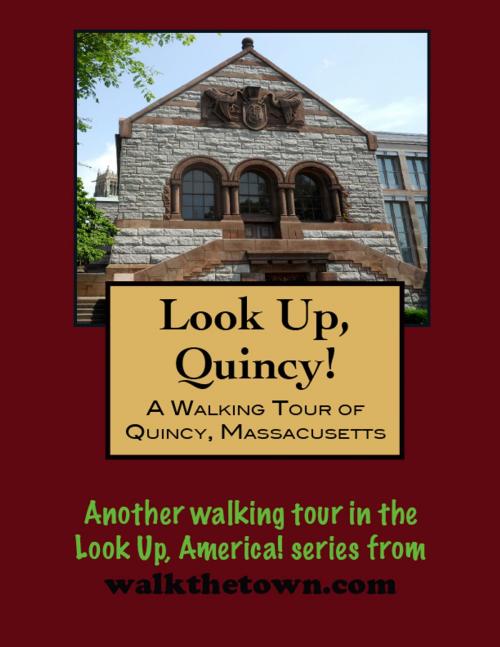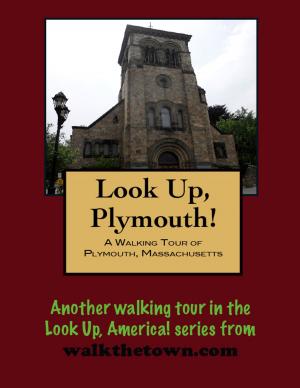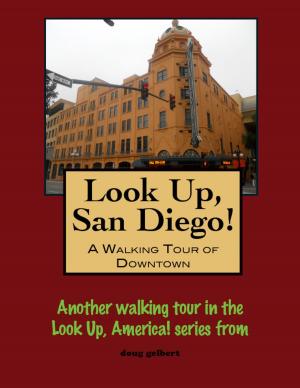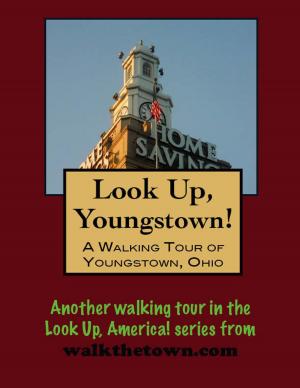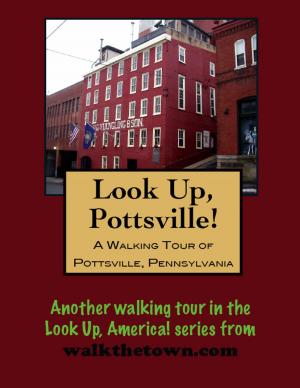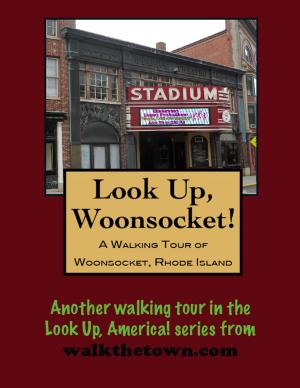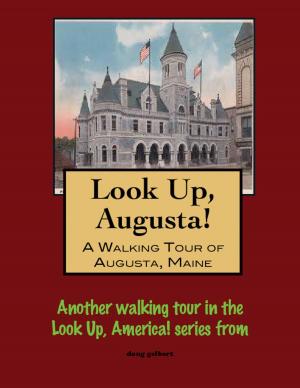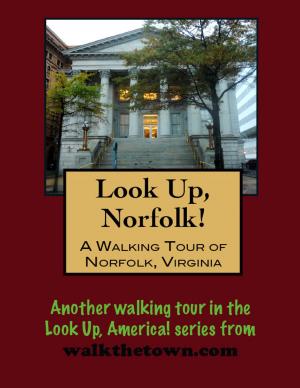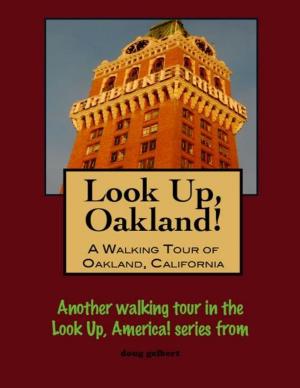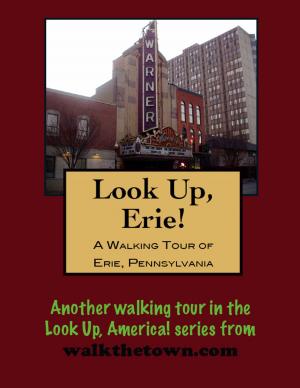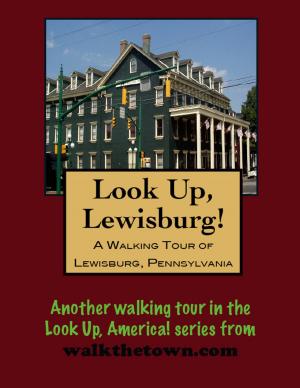| Author: | Doug Gelbert | ISBN: | 9781458071606 |
| Publisher: | Doug Gelbert | Publication: | February 16, 2011 |
| Imprint: | Smashwords Edition | Language: | English |
| Author: | Doug Gelbert |
| ISBN: | 9781458071606 |
| Publisher: | Doug Gelbert |
| Publication: | February 16, 2011 |
| Imprint: | Smashwords Edition |
| Language: | English |
There is no better way to see America than on foot. And there is no better way to appreciate what you are looking at than with a walking tour. Whether you are preparing for a road trip or just out to look at your own town in a new way, a downloadable walking tour is ready to explore when you are.
Each walking tour describes historical and architectural landmarks and provides pictures to help out when those pesky street addresses are missing. Every tour also includes a quick primer on identifying architectural styles seen on American streets.
What is today Quincy was settled in 1625 as the northern part of the town of Braintree. It was not until 1792 - by which time early residents such as the Adamses and Hancocks and Quincys had brought great distinction to the town - that it was incorporated as a separate town. The new town took the name of Colonel John Quincy, grandfather of soon-to-be First Lady Abigail Adams.
For its first 200 years Quincy was a farming community. In 1752 King’s Chapel in Boston was constructed of Quincy granite and the quality of the stone became widely known, forcing local authorities to pass laws against its outside use to keep the stone from running out. But in 1825 Quincy granite was selected to build the Bunker Hill Monument and the race for the fine-grained stone was on. The first commercial railroad in the country was constructed so horse-drawn wagons could convey the granite to the wharf on the Neponset River. At one point more than 20 granite quarries were operating in the city and its largest industry attracted immigrants from all over Europe. The last quarry did not close until the 1960s.
By that time the City had developed a second signature industry - naval shipbuilding. During World War I, thirty-six destroyers were built in the drydocks of the Fore River Shipyard and it blossomed into one of the world’s great shipyards during World War II. Shipbuilding lasted until the 1980s.
It is not just heavy industry where Quincy had made a mark on American culture - it is also the birthplace of Howard Johnson’s, where a young cigar-shop owner went into hock to buy a run-down drug store near the train station in 1925, and Dunkin’ Donuts, after William Rosenberg changed the name of his Quincy doughnut shop from “The Open Kettle” in 1950.
We won’t see any Hojos or Dunkin’ Donuts on our walking tour but we will see alot of the Adams family. We’ll see family homes and buildings they helped construct and buildings they owned. So we will start at the Visitor Center for Adams National Historical Park in the heart of Quincy Center. It isn’t a historical site itself but is a good place to get our bearings...
There is no better way to see America than on foot. And there is no better way to appreciate what you are looking at than with a walking tour. Whether you are preparing for a road trip or just out to look at your own town in a new way, a downloadable walking tour is ready to explore when you are.
Each walking tour describes historical and architectural landmarks and provides pictures to help out when those pesky street addresses are missing. Every tour also includes a quick primer on identifying architectural styles seen on American streets.
What is today Quincy was settled in 1625 as the northern part of the town of Braintree. It was not until 1792 - by which time early residents such as the Adamses and Hancocks and Quincys had brought great distinction to the town - that it was incorporated as a separate town. The new town took the name of Colonel John Quincy, grandfather of soon-to-be First Lady Abigail Adams.
For its first 200 years Quincy was a farming community. In 1752 King’s Chapel in Boston was constructed of Quincy granite and the quality of the stone became widely known, forcing local authorities to pass laws against its outside use to keep the stone from running out. But in 1825 Quincy granite was selected to build the Bunker Hill Monument and the race for the fine-grained stone was on. The first commercial railroad in the country was constructed so horse-drawn wagons could convey the granite to the wharf on the Neponset River. At one point more than 20 granite quarries were operating in the city and its largest industry attracted immigrants from all over Europe. The last quarry did not close until the 1960s.
By that time the City had developed a second signature industry - naval shipbuilding. During World War I, thirty-six destroyers were built in the drydocks of the Fore River Shipyard and it blossomed into one of the world’s great shipyards during World War II. Shipbuilding lasted until the 1980s.
It is not just heavy industry where Quincy had made a mark on American culture - it is also the birthplace of Howard Johnson’s, where a young cigar-shop owner went into hock to buy a run-down drug store near the train station in 1925, and Dunkin’ Donuts, after William Rosenberg changed the name of his Quincy doughnut shop from “The Open Kettle” in 1950.
We won’t see any Hojos or Dunkin’ Donuts on our walking tour but we will see alot of the Adams family. We’ll see family homes and buildings they helped construct and buildings they owned. So we will start at the Visitor Center for Adams National Historical Park in the heart of Quincy Center. It isn’t a historical site itself but is a good place to get our bearings...
